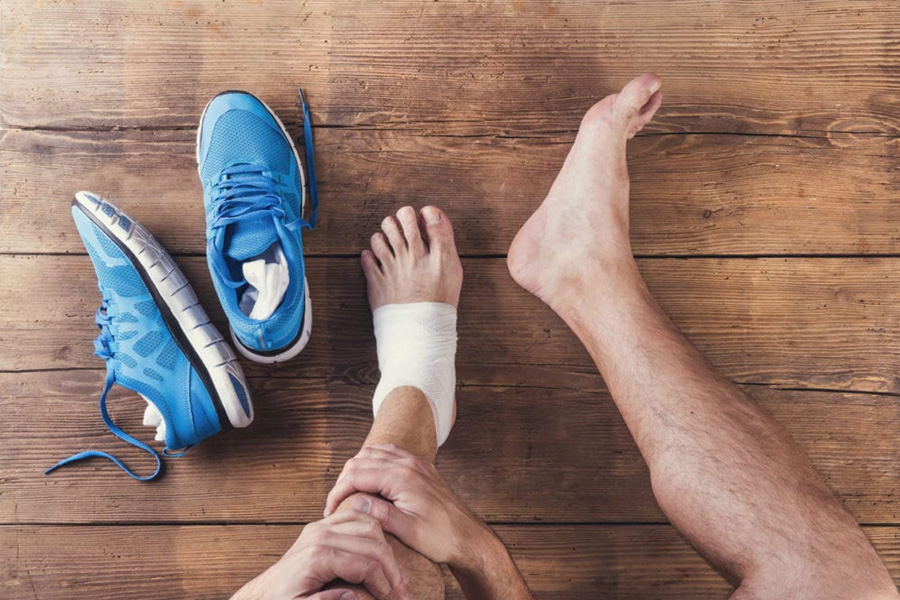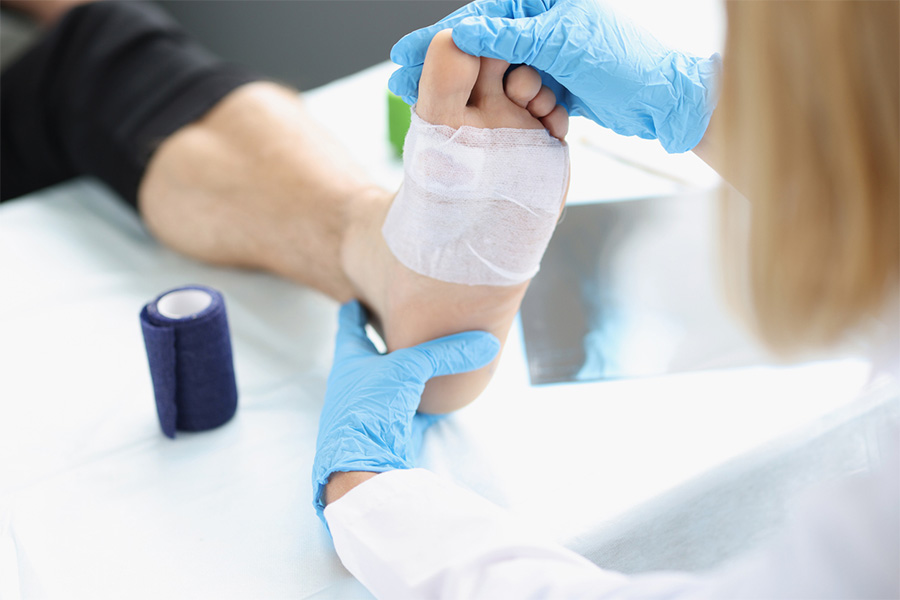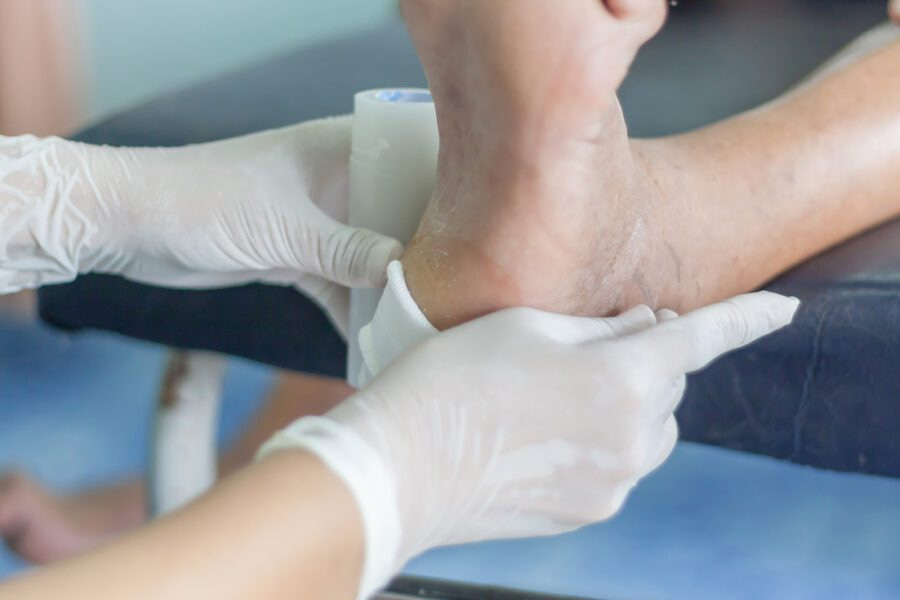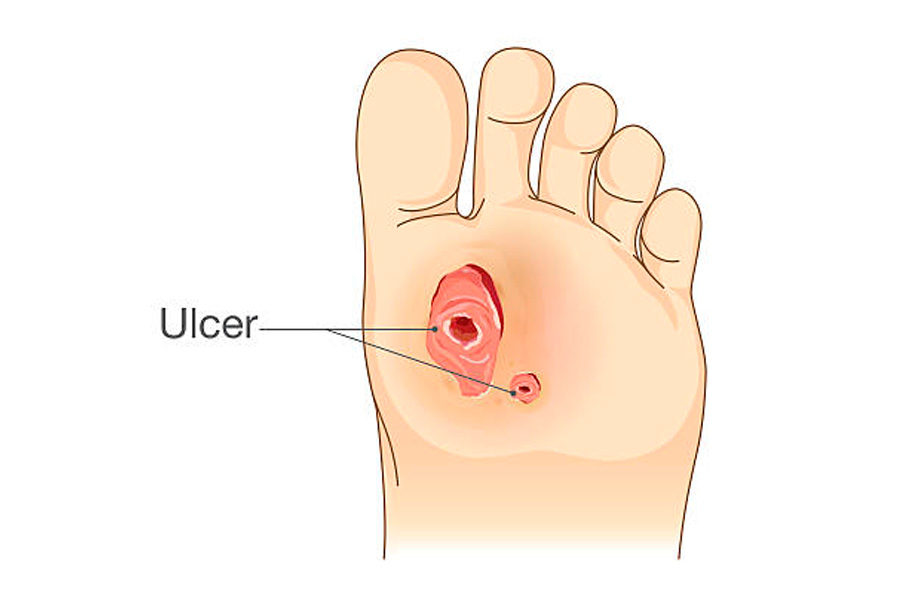As a diabetic, you need to take special care of your feet. That’s because diabetes can cause problems with the nerves and blood vessels in your feet, which can lead to infections, ulcers, and other serious complications.
Diabetics with uncontrolled blood sugar levels have a real risk of losing a limb, and this can start with just a small wound that becomes infected. In this article, we will talk about useful diabetic wound care tips for diabetics.
1. Keep the Wound Clean and Dry
A diabetic wound needs to be kept clean and dry at all times. Wet wounds are more susceptible to infection and more difficult to heal. To dry a wound, tap lightly with a pad of clean tissue. Then, place a sterile bandage over it. Make sure it is a non-adhesive bandage, as you will need to change the bandage often, and an adhesive bandage may disturb wound healing.
2. Apply Antibiotic Ointment or Cream to theWound
Antibiotic ointments and creams help to kill bacteria that can cause infection. Put antibiotic cream over the wound before you place a gauze or bandage over it. Make sure to reapply every time you change the bandage or dressing.
3. Change the Sterile Bandage or Dressing Daily
Wound dressing should be changed daily, or more frequently if it becomes wet or soiled. Frequently changing the dressing helps keep the wound clean and free of infection. It also serves as an opportunity for you to examine it and check for signs of infection, which are redness, swelling, discharge, and increasing pain coming from the wound. If you notice such signs, it’s imperative to get in touch with your doctor immediately.
4. Keep Your Blood Sugar Level Under Control
Lifestyle choices can affect wound healing. If you are diabetic, you have to take extra care in regard to what you eat and how often you engage in physical activity. High blood sugar levels can delay healing and increase the risk of infection. So, make sure to take your medication as directed, eat a balanced, healthy diet, and follow your doctor’s instructions regarding controlling your blood sugar and wound care.
5. Wear Properly Fitting and Supportive Footwear
Avoid walking barefoot or wearing open-toed shoes whenever possible. Diabetics, especially those with an active wound, need to wear supportive shoes or an offloading boot, even in their own home, so as not to worsen their condition. It is also important to keep weight off the wound while it heals, as it can interfere with wound healing.
Diabetic Wound Care in Cincinnati, OH
For superior diabetic foot care in Cincinnati, choose the board-certified foot and ankle surgeons at Cincinnati Foot & Ankle Care. Our podiatrists are highly trained in the treatment of a wide range of podiatric complications that can occur from diabetes. We provide individualized recommendations for diabetic patients and help them take better care of their feet and preserve their limbs.
Our compassionate team of specialists will work with you to help keep your feet as healthy as possible. To schedule an appointment with one of our podiatrists, call our podiatry clinic nearest you or use our convenient online request form.
Share

People with diabetes often experience difficulty healing wounds.




